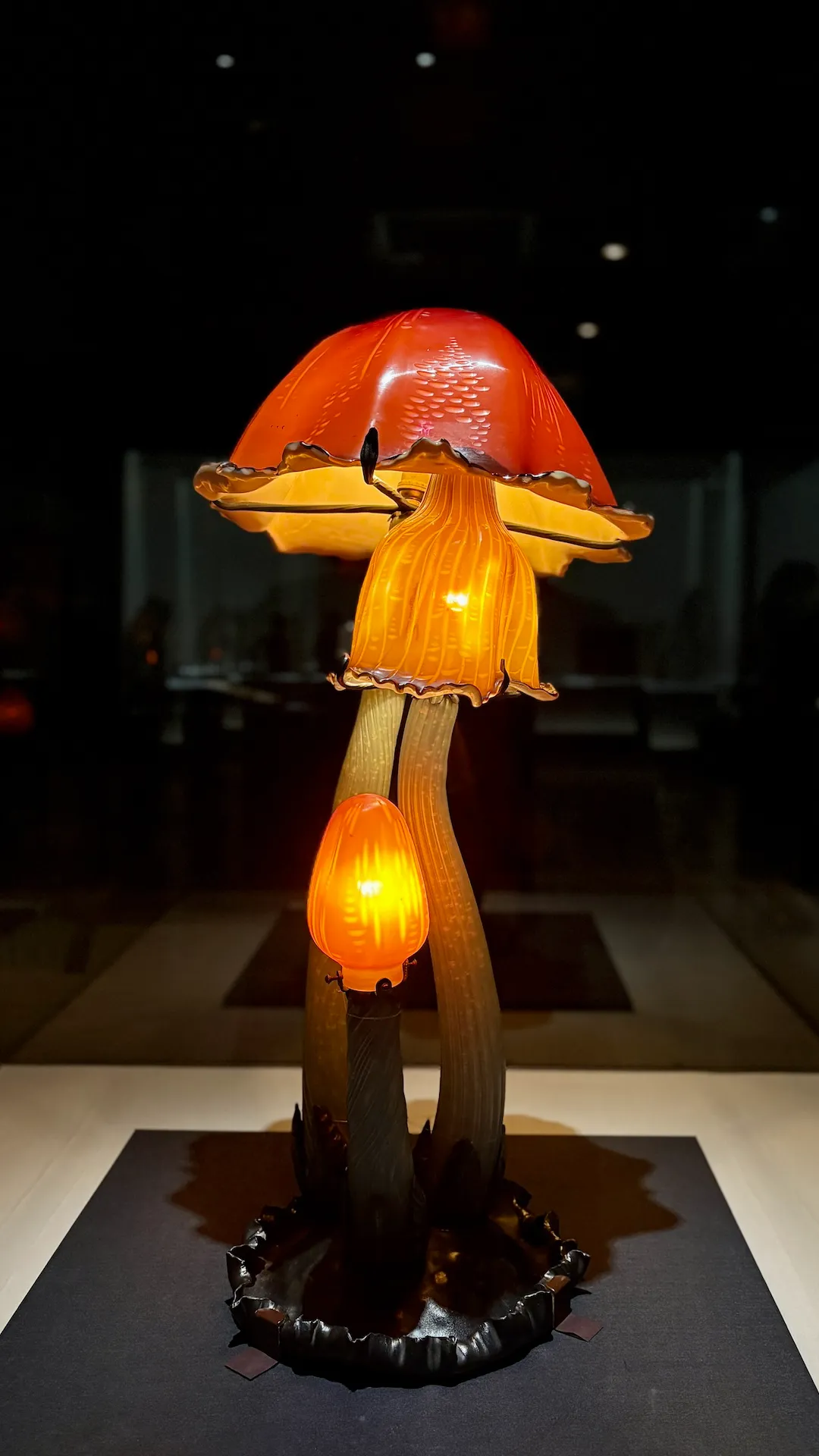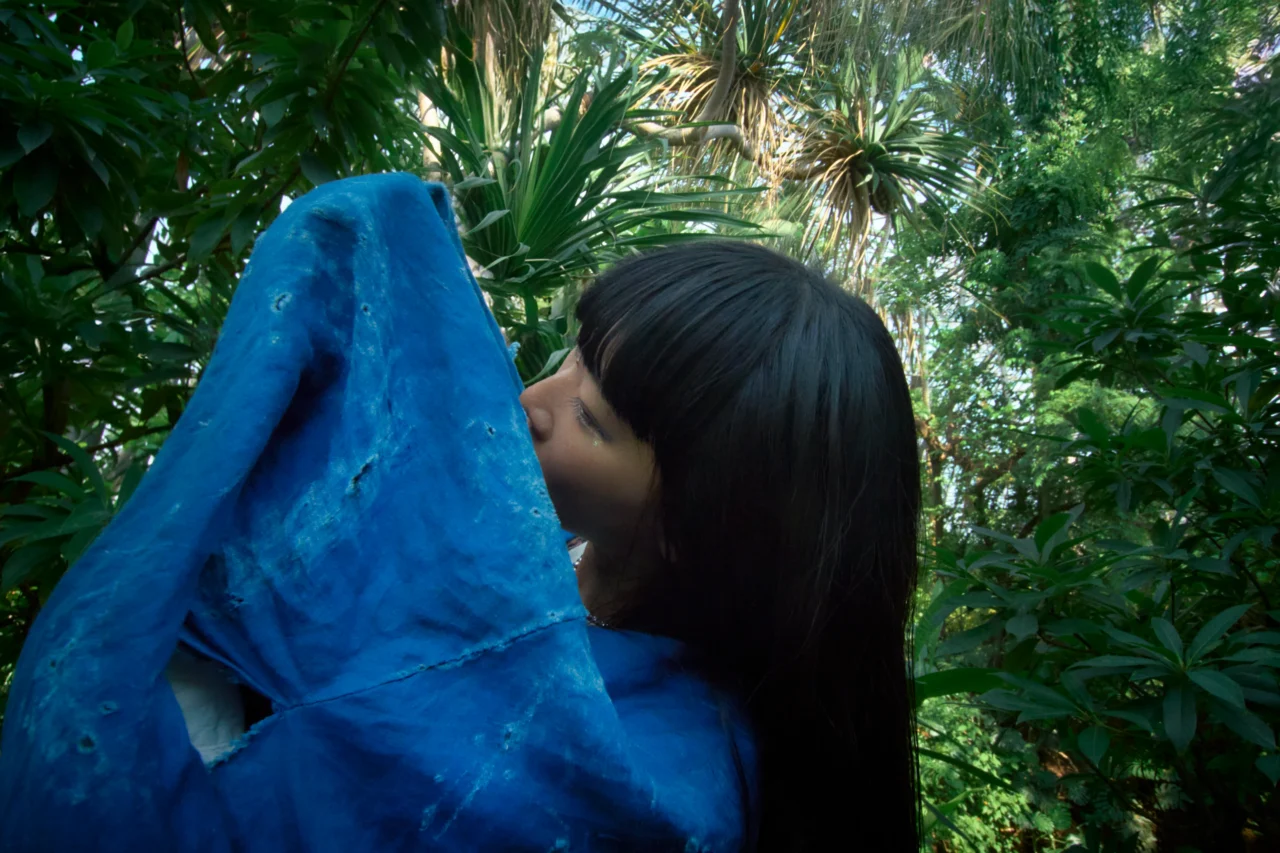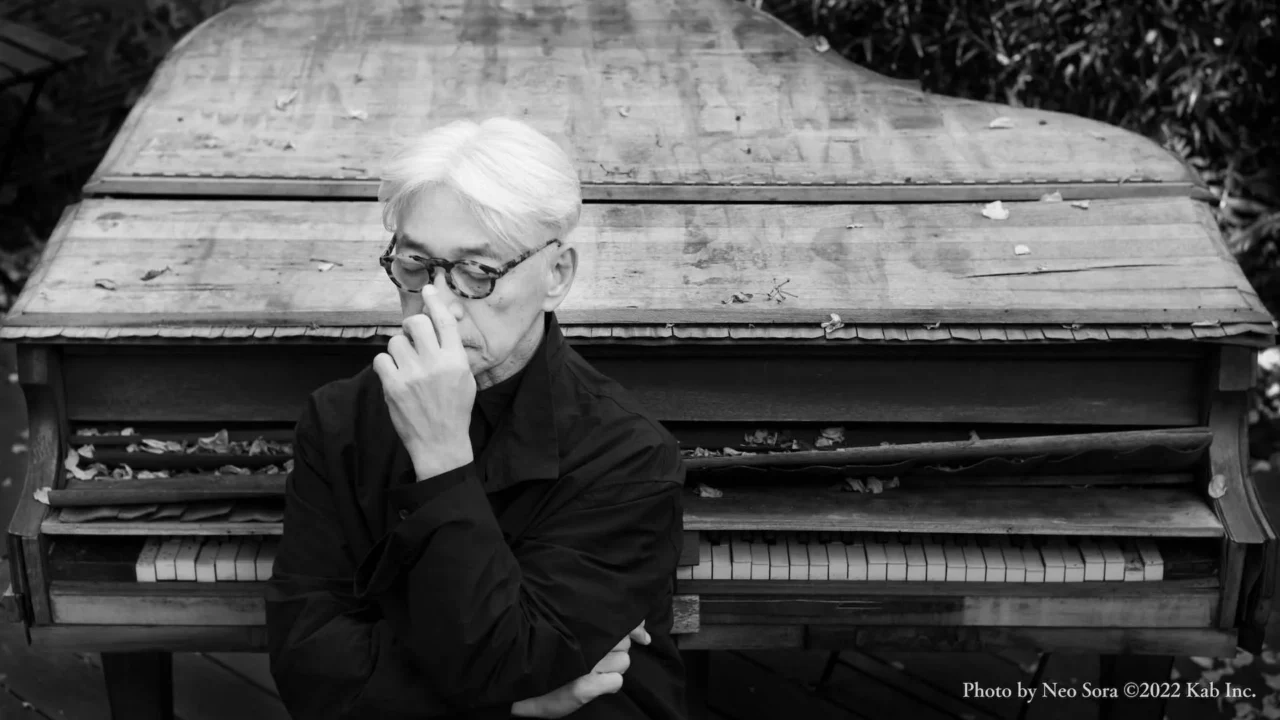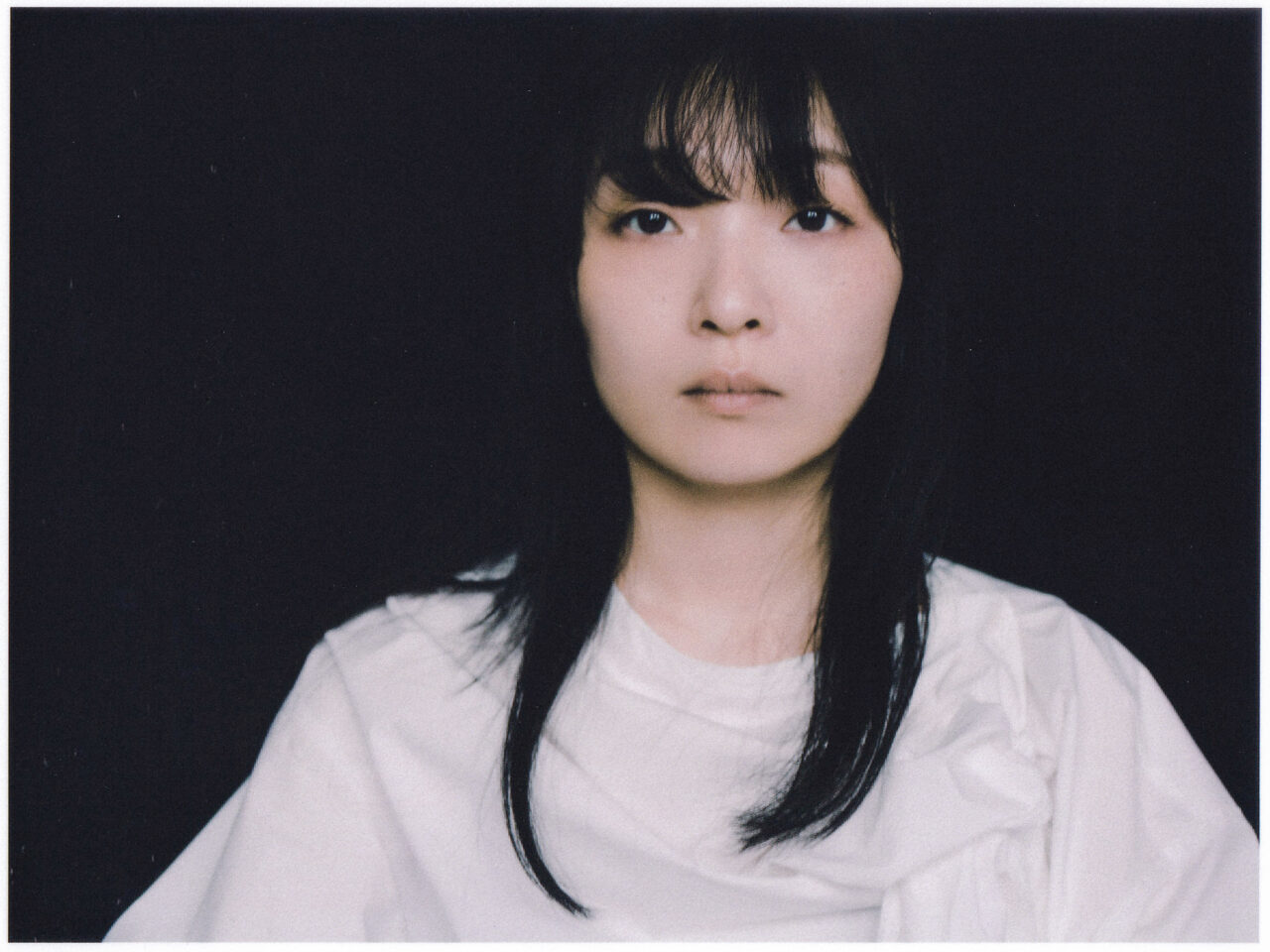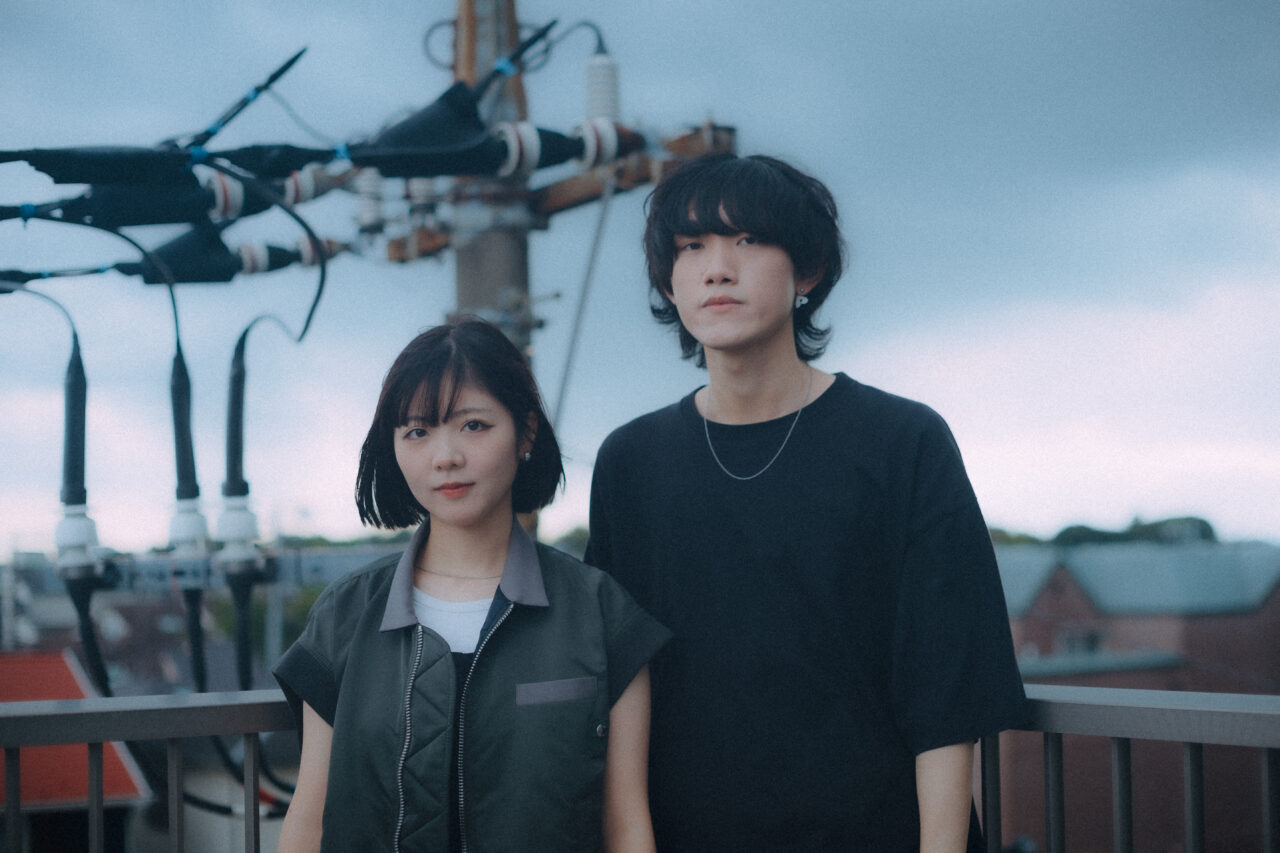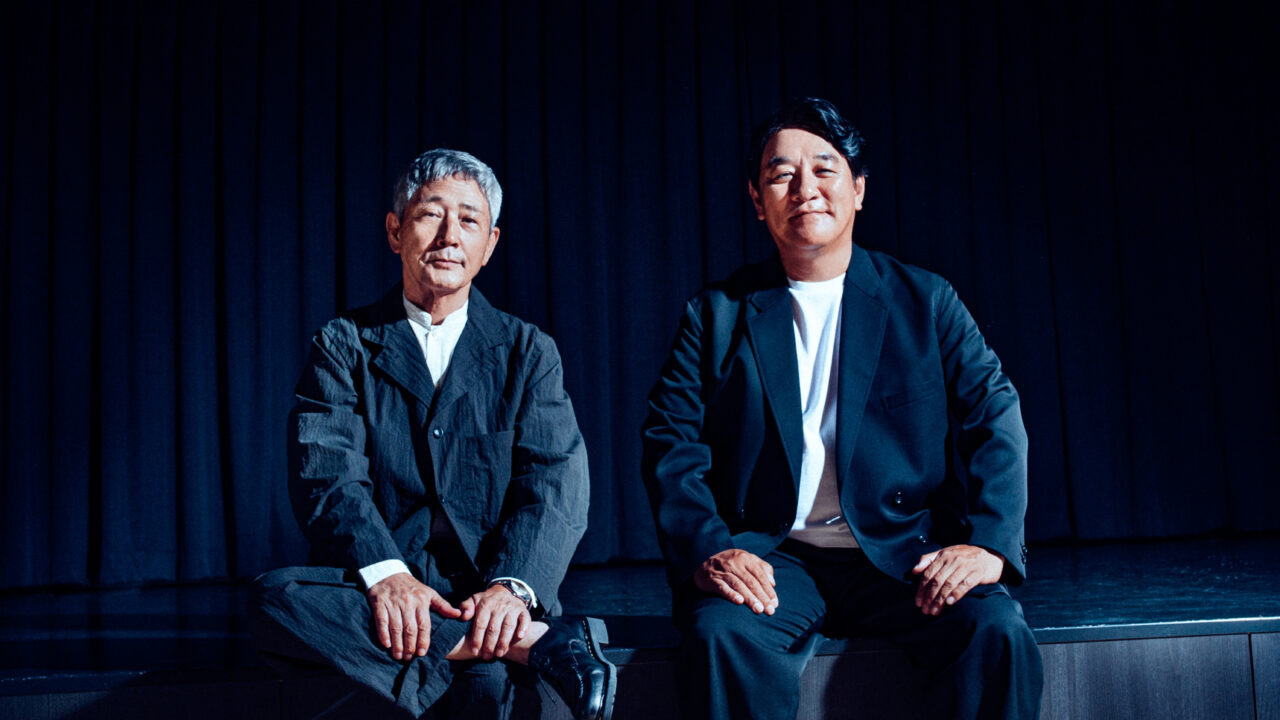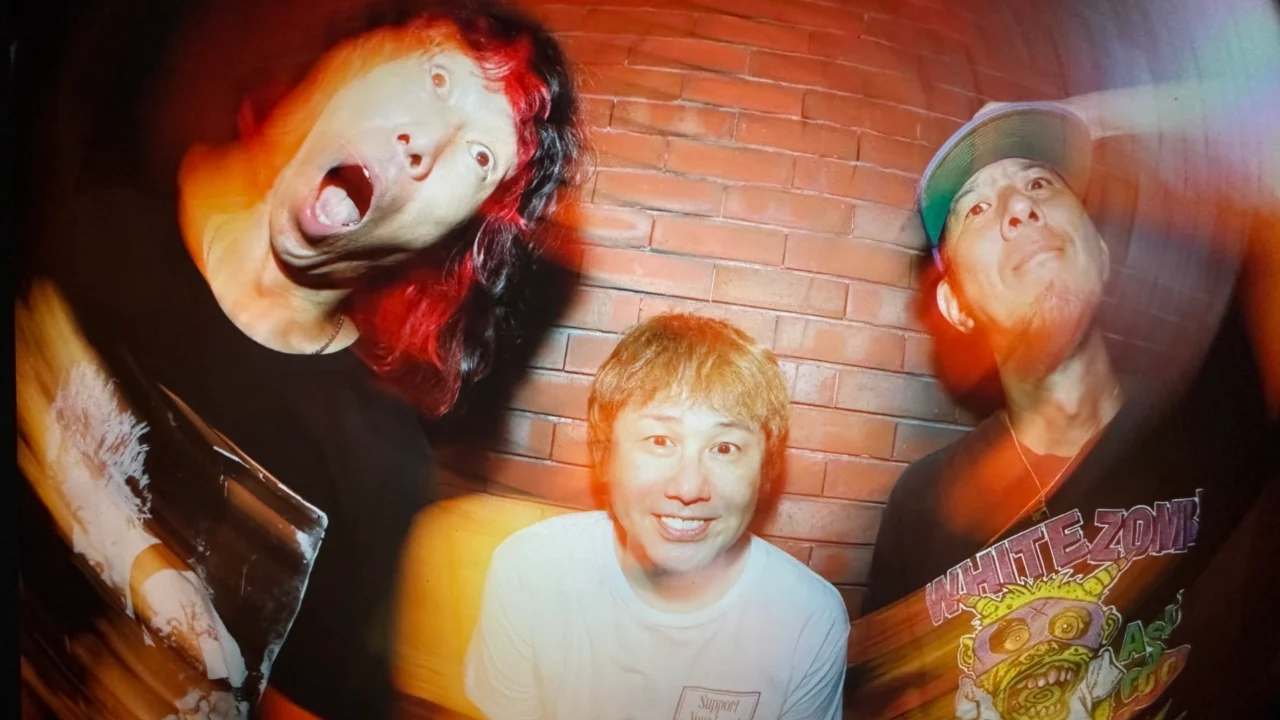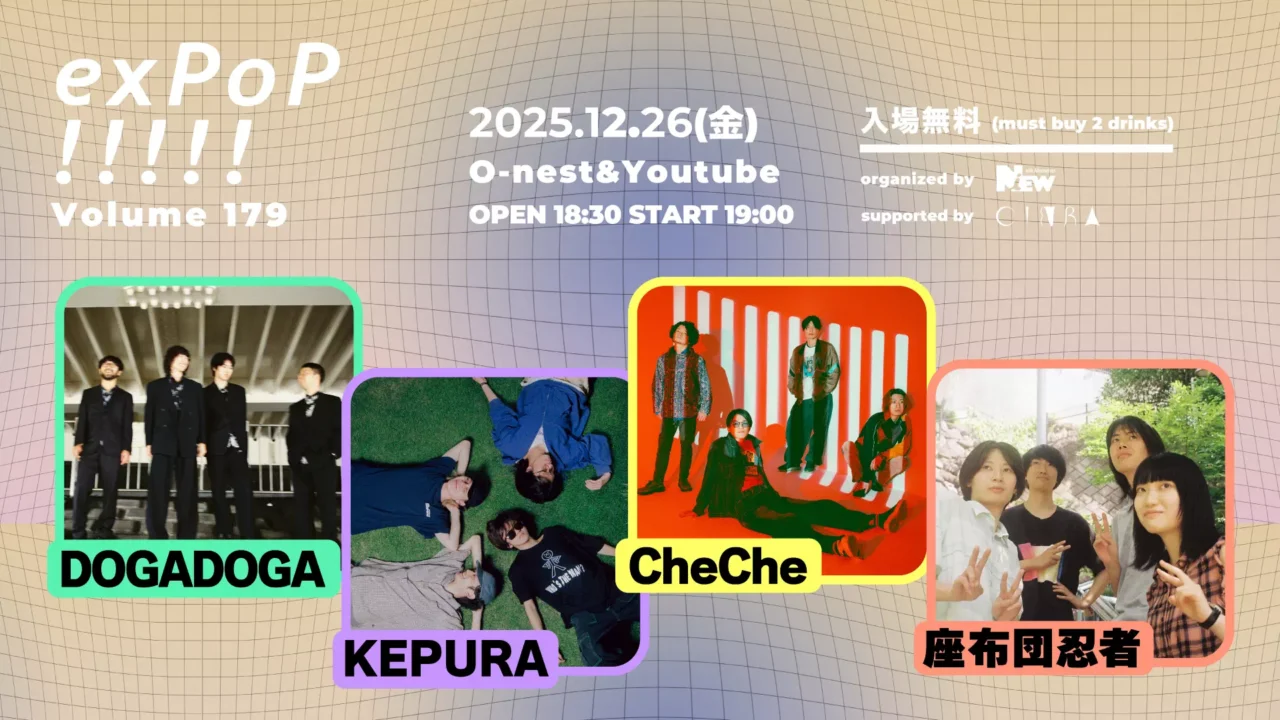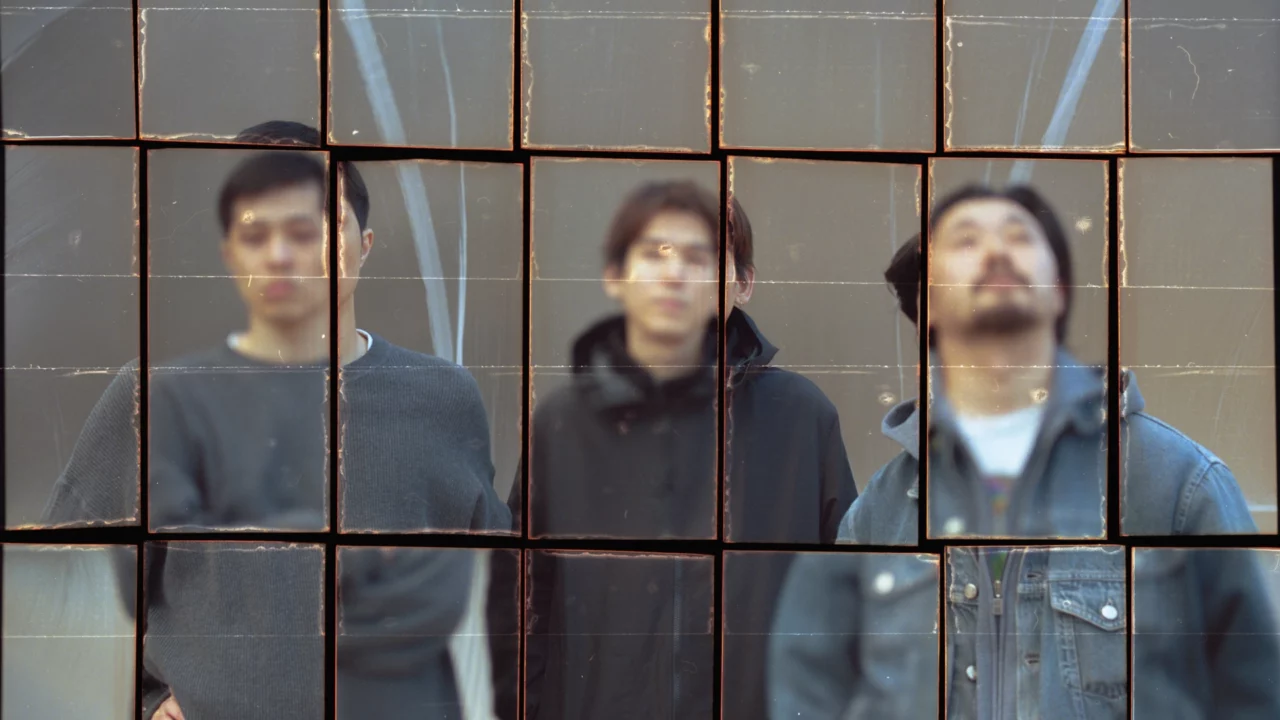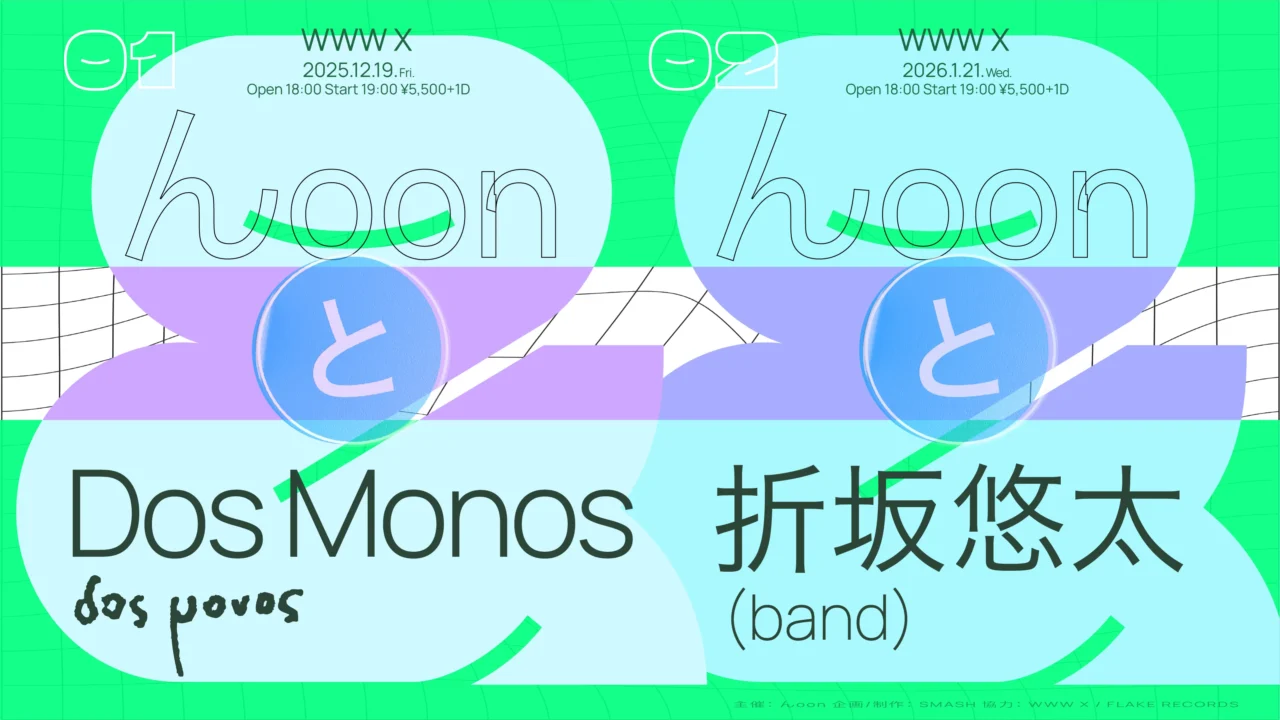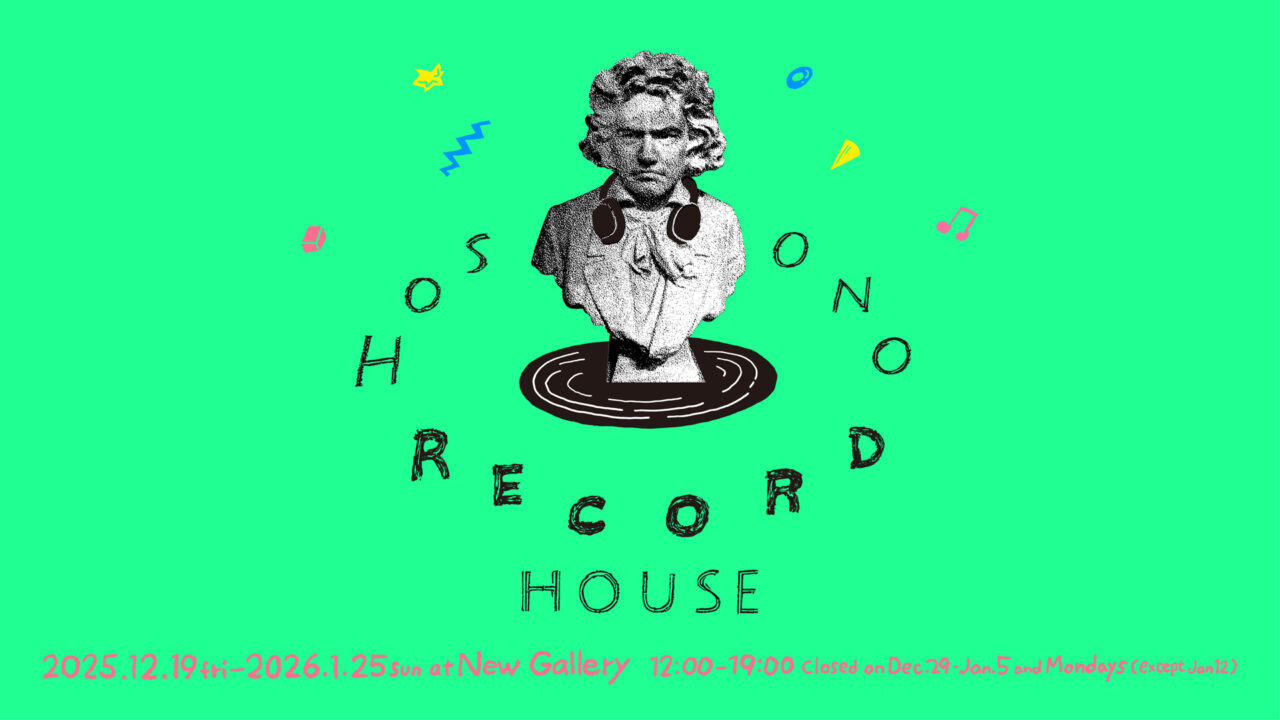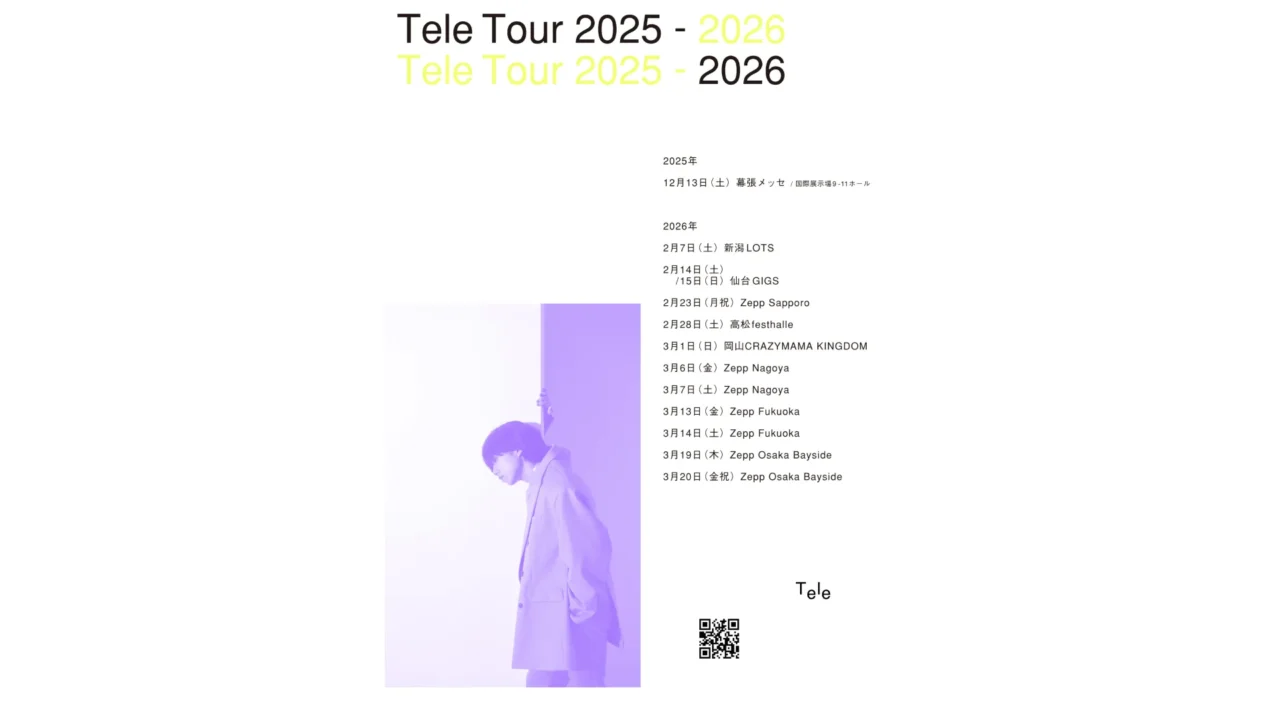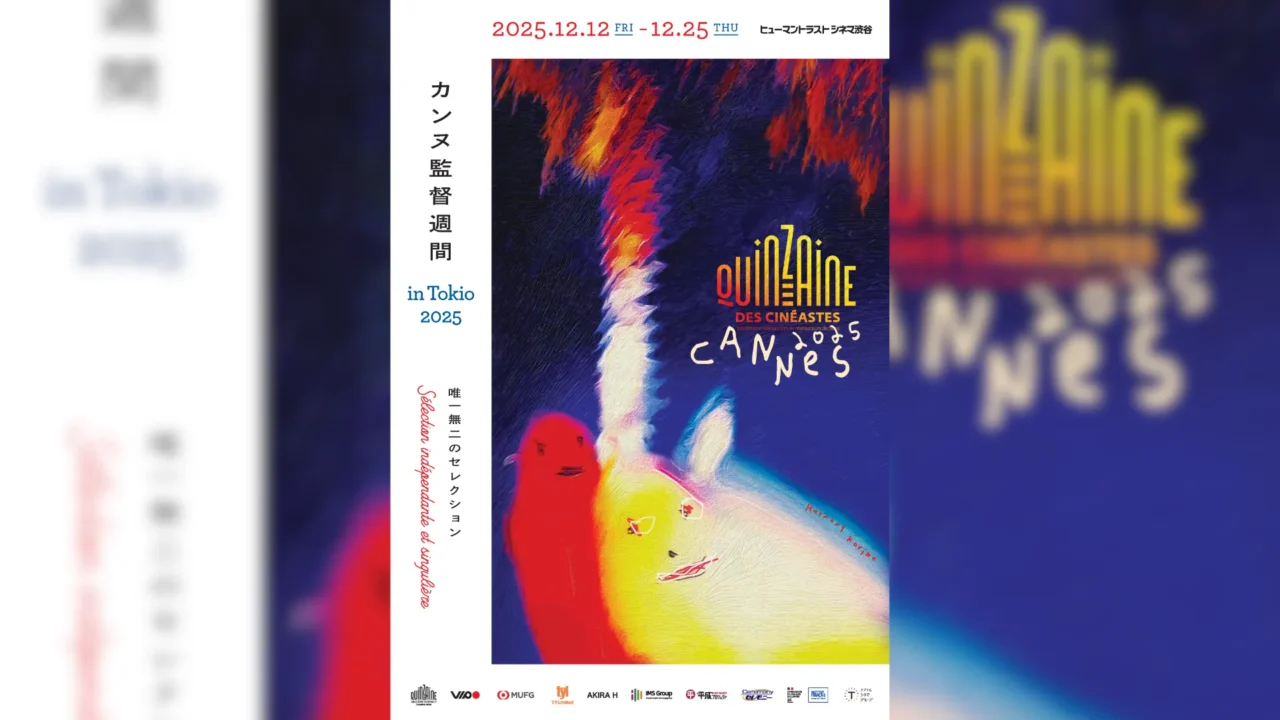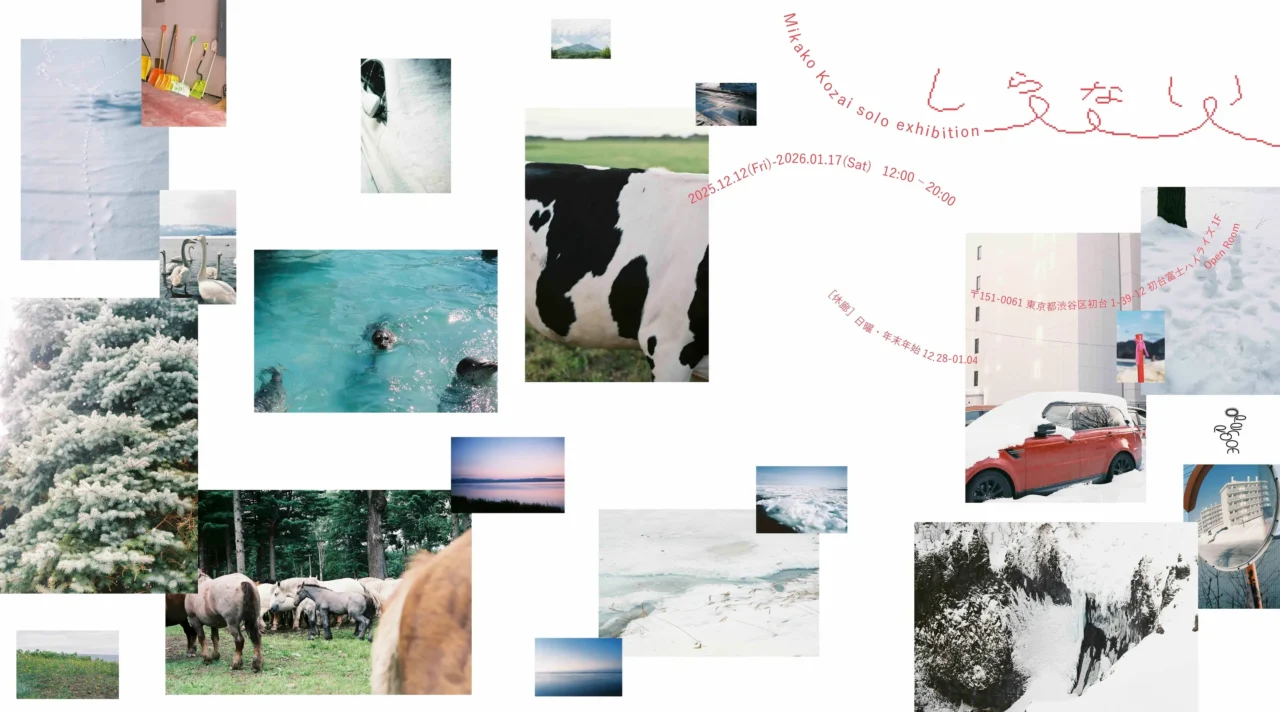Have you experienced the 120th Anniversary of Émile Gallé’s Passing: Émile Gallé: Longing for Paris exhibition at the Suntory Museum of Art yet? Widely regarded as one of the most renowned glass artists in the world, Émile Gallé was also a visionary in ceramics and furniture design, shaping a unique artistic universe. Through 110 captivating works and materials, this exhibition invites you to trace the creative journey of an artist who left an indelible mark on his era. With the exhibition now halfway through its run, here’s an insider’s guide to the highlights you won’t want to miss.
INDEX
From Hometown Nancy to the Vibrant City of Paris
Émile Gallé was a 19th-century French artist known as one of the leading figures of Art Nouveau. He achieved international success, particularly in the field of glass art, leaving behind many works featuring organic designs inspired by flora and fauna. Many people may have a vague image of him as “the artist behind the wavy, floral vases.
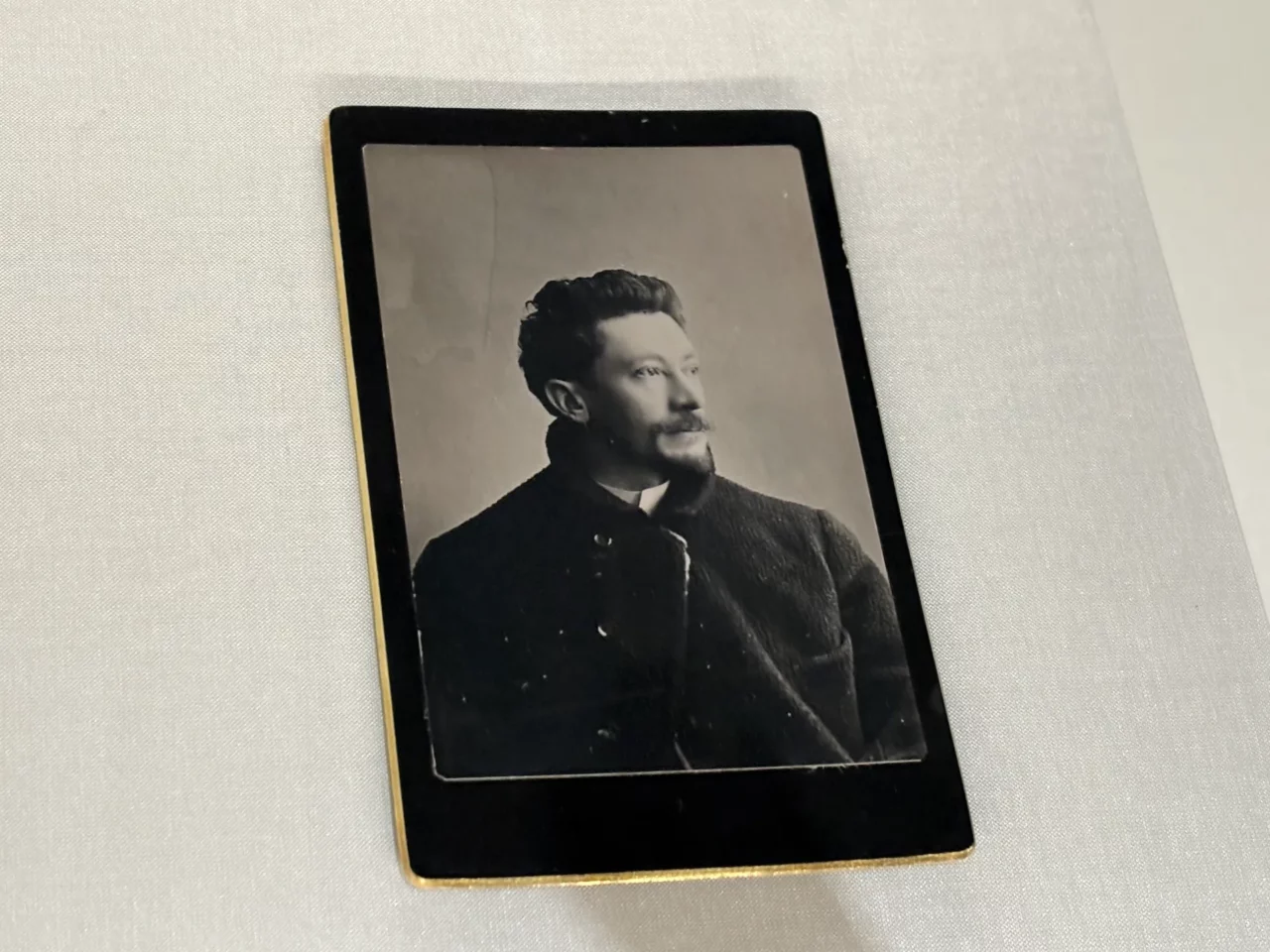
Gallé was born in the regional city of Nancy, located near the border between France and Germany, and he remained based there throughout his life. The production of his works also took place in Nancy. As both an accomplished artist and a businessman, Gallé was a prominent figure in Nancy. However, the capital city of Paris is an essential element in the story of the artist Émile Gallé. He should be viewed not just as “an artist from Nancy,” but rather as “an artist with two homelands: his hometown of Nancy and the capital, Paris.” For reference, the distance between Nancy and Paris is approximately 300 km, roughly the same as the distance between Tokyo and Nagoya in Japan.
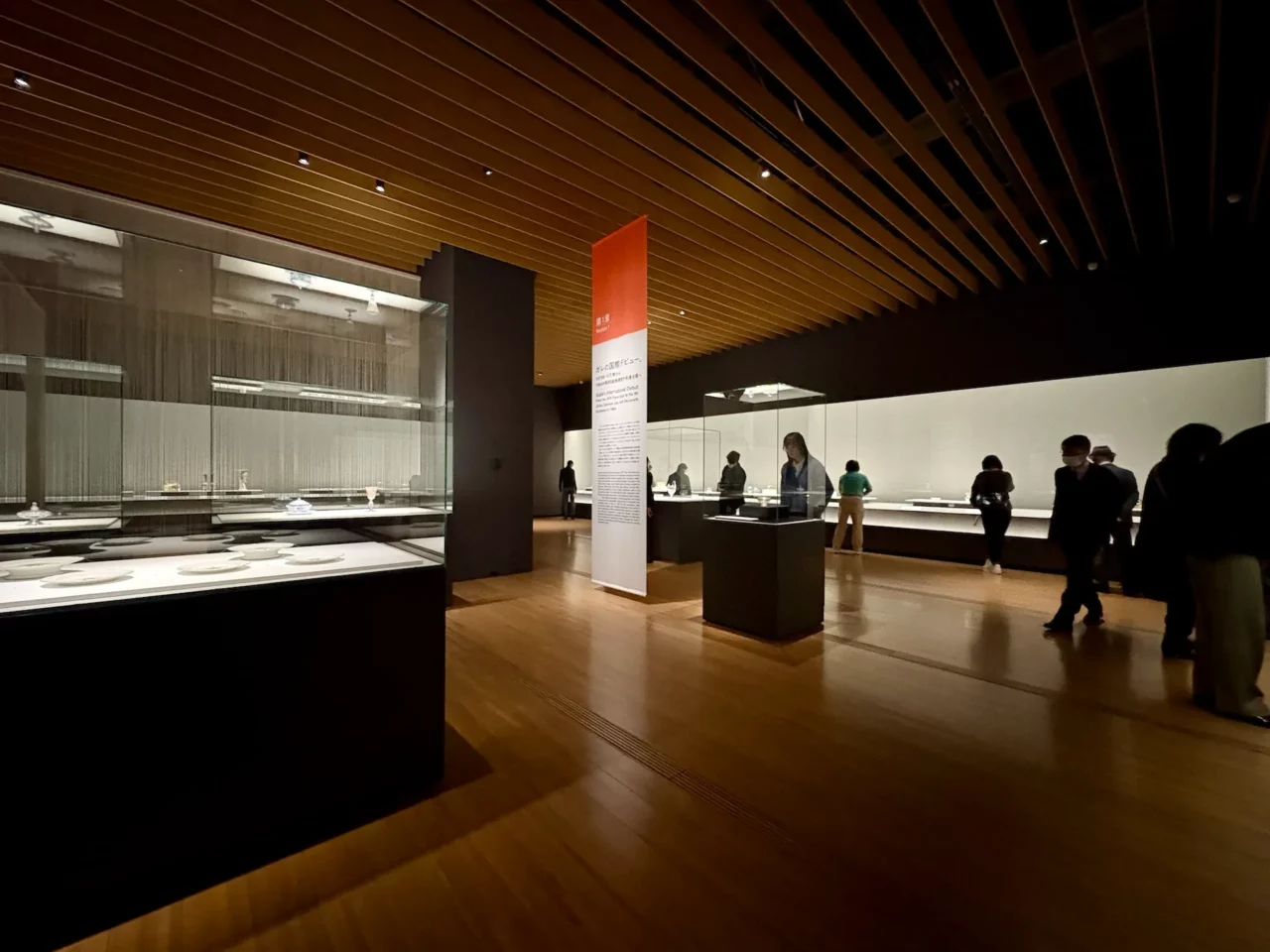
This exhibition focuses on the relationship between Gallé and Paris. There are two key points to consider. One is how Gallé stepped up through his participation in the Paris Expo. The other is how Gallé, based in the regional city of Nancy, worked to succeed in Paris. The exhibition is structured in three main chapters, with the former addressed in the main sections and the latter explored through “columns” interspersed between the chapters.
Gallé participated in the Paris Expo about every 11 years, first as an assistant to his father, and later as the central figure in three of them. The Expo were grand international events, showcasing Gallé’s finest works at each stage of his career. So, what kind of works did Gallé present at each of these expos? Let’s take a look at some of the featured pieces.
INDEX
A Young Gallé: Observing the 1867 Expo Behind His Father’s Back
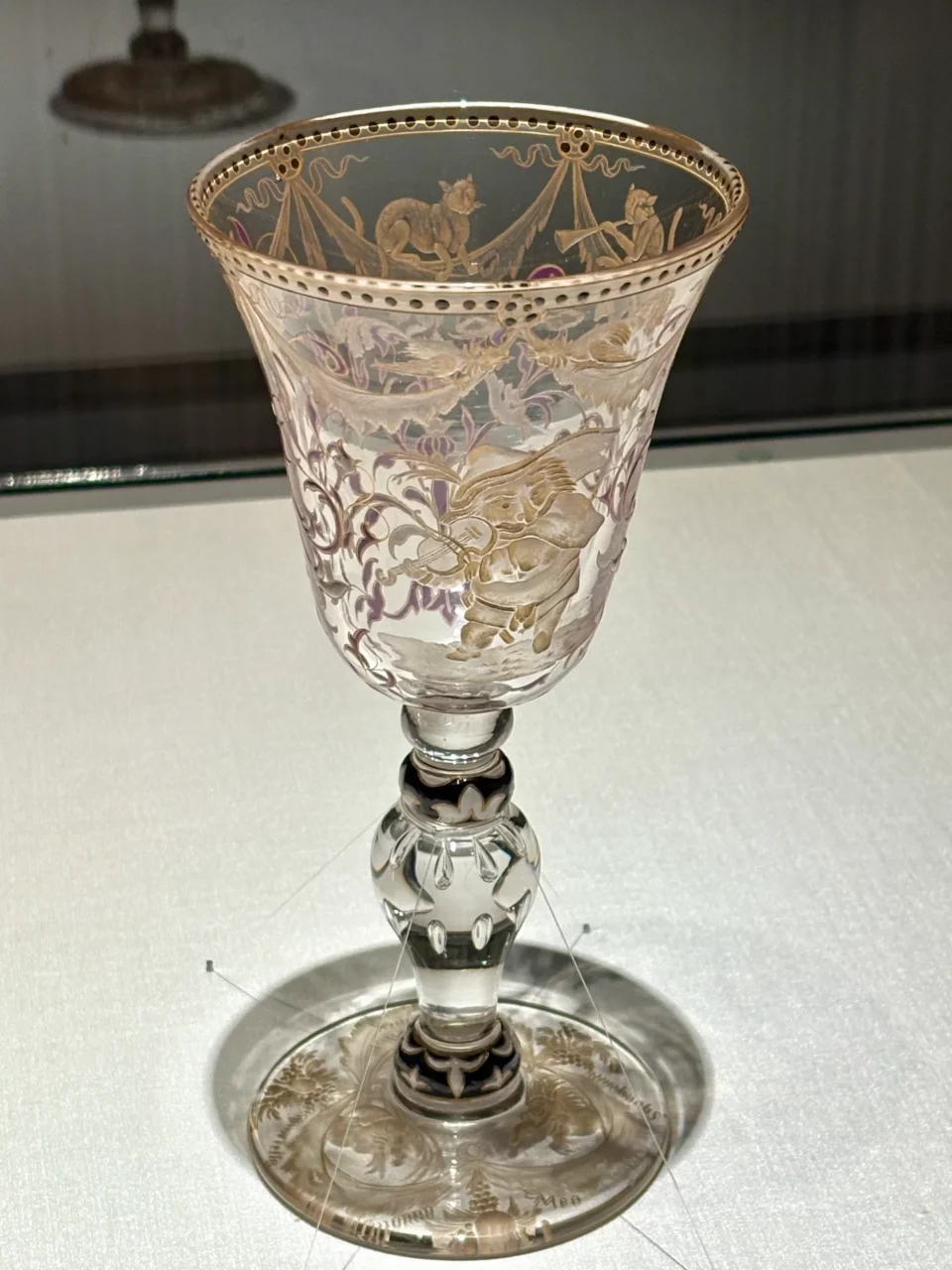
In his 20s, Gallé participated in the Expo with the help of his father, presenting the goblet Portrait of Jacques Callot. The piece features a transparent glass base decorated using “engraving,” a popular technique of the time, and is finished with gold accents. The shape of the goblet follows the traditional design, and Gallé’s personal style is still in the background at this point. Interestingly, the man playing the instrument at the center of the design is based on an engraving by Callot, a copperplate artist from Gallé’s hometown of Nancy. This marks an early expression of Gallé’s love for his hometown. At the same Expo, Gallé’s father received an honorable mention in the categories of crystal glass, luxury glass, and stained glass.
INDEX
Gallé in his 30s: His First Expo (1878)
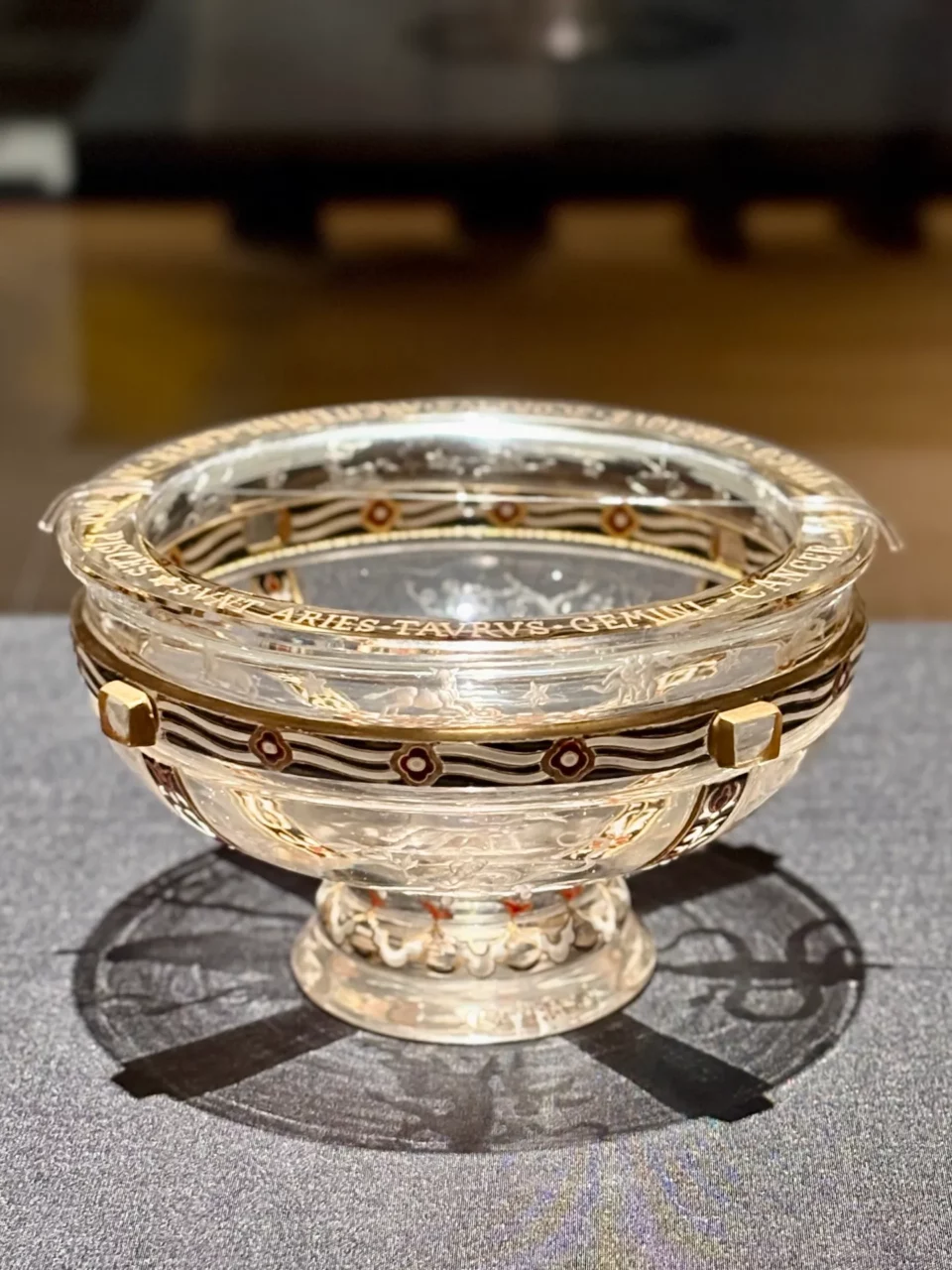
Eleven years later, at the Paris Expo the year after Gallé took over the family business and became a manager, he presented works like this one. The footed cup The Four Seasons is a small piece, about the size of a child’s tea bowl, but it captivates with its delicate decorations. The names of the zodiac signs are inscribed along the rim, and upon closer inspection, the constellations are engraved beneath them. The front depicts Taurus, with a star symbol in between, and to the right is Gemini… and so on. The engravings on the sides feature female figures inspired by the four seasons.
At this exhibition, several original pieces displayed at past Paris Expos, including this one, are showcased. These are not “identical models,” but rather the actual works that have witnessed history. Knowing this adds a deep sense of nostalgia, as it feels as if the piece holds the sighs and admiration of the spectators from that time.
That said, by this point, Gallé’s works hadn’t undergone significant changes in technique. What was most innovative for Gallé at the 1878 expo was not the decoration, but the base material of the glass itself.
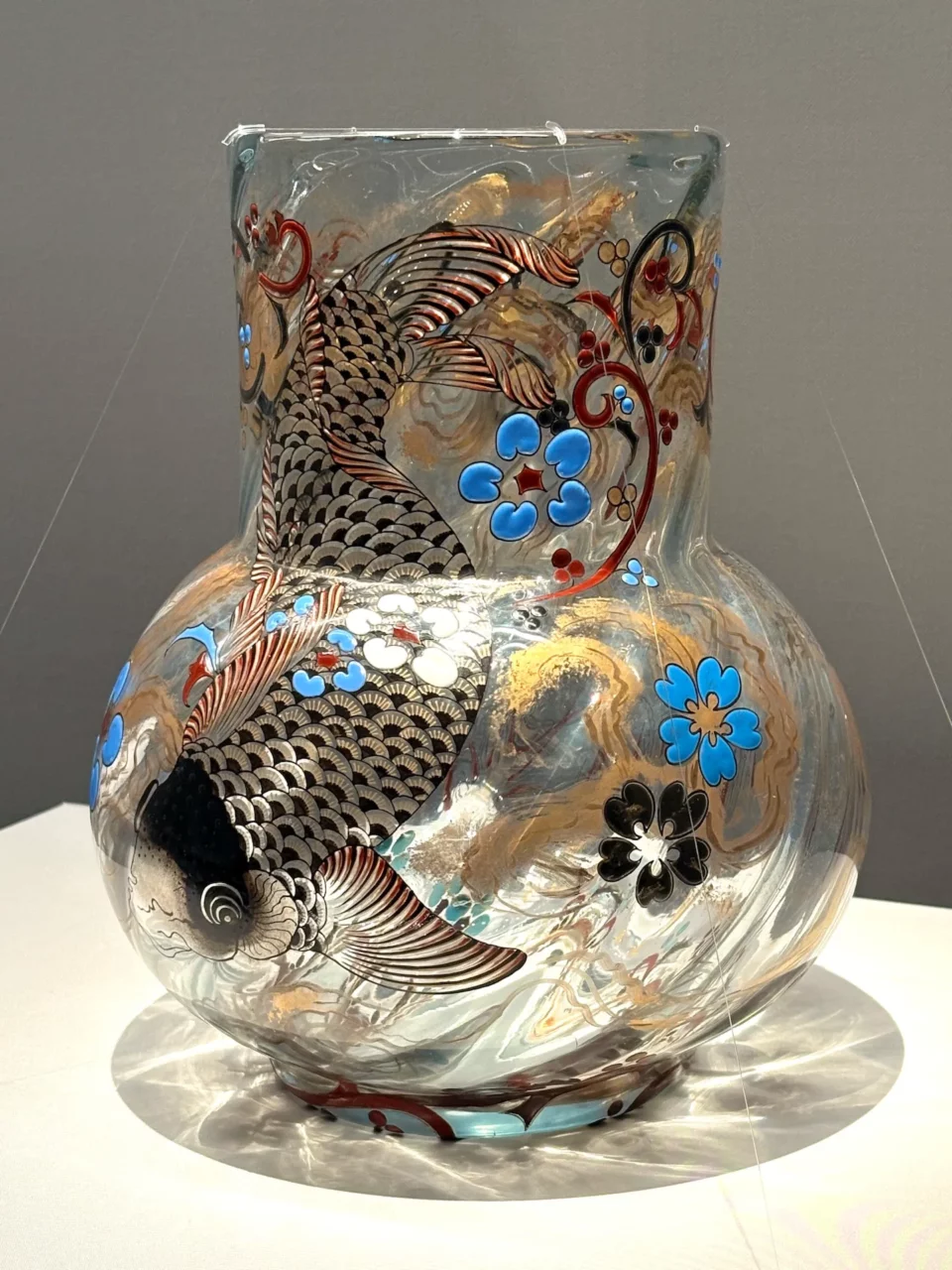
Let’s take a look at the vase Koi with a design of koi fish from Hokusai Manga (a time when Japonism was at its peak!). The undulating shape of the vase refracts the light, creating the illusion of koi swimming in water. This truly makes you realize that working with glass means designing the transmission and refraction of light.
If you focus on the glass portion, you’ll notice a faint bluish tint in the glass. This is the new material Gallé introduced at the 1878 Expo, called “moonlight-colored glass.” Moonlight-colored glass became so popular that it was imitated across Europe. At that expo, Gallé won the bronze medal in the glass category.
Additionally, don’t miss the panel displays that clearly explain the decorative techniques. The variety of decoration styles showcases the continuous dedication and refinement of the artists and craftsmen. Some of these techniques, such as “patiné” and “marquetry,” were later developed by Gallé himself, so be sure to glance through them as a helpful hint for your viewing experience.

